Journal of Vaishnava Studies, Vol. 26, No.1, Fall 2017
Book Review III
The Mahābhārata of Vyāsa, Book Twelve, Part Two, Mokṣa Dharma. Translated from
the Sanskrit by Pradip Bhattacharya. Writers’ Workshop, Kolkata, 2016. 1107, pp.,
ISBN 978-93-5045-122-9
Review by Kevin McGrath, Harvard University
Pradip Bhattacharya is the foremost Sanskrit scholar in India today in the field of Mahābhārata Studies. This present volume accomplishes a work of many year’s duration with a translation of the Mokṣa Dharma text of the Śānti parvan, spoken by Bhīṣma Śāṃtanava. In this task Bhattacharya is completing the work of P. Lal’s translation of the whole epic; Lal expired before finishing the work.
The text which Bhattacharya has chosen to translate is that of the Gita Press (1980), not the Pune Critical Edition (BORI) nor the Bombay Edition; these are 168 to 353 in the former text and 174-366 in the latter. There is no apparatus given which means that the book cannot be used as a reference body for those wishing to work exactly with the Sanskrit language of the Pune or Bombay editions and who do not have access to that Gita Press version, although the GP text is presently available online.
This is a book designed for those who wish to simply read the most succinct and extensive of ancient classical commentaries on Mokṣa Dharma or for those who work in the field of religious studies and theology. There is no index although there is a contents page at the rear of the book which indicates the substance of each of the fifty-five parts. Bhattacharya also supplies three essays at the back of the book which situates this treatise on Mokṣa Dharma within the context of the complete Great Bhārata.
As the author himself says: “BORI was used to adopt its version whenever the Gita Press śloka was different in a significant way. That is because BORI is accepted as the holy of holies by Indologists . . . The Gita Press uses the Bombay edition and adds from the Southern Recension, which can be verified from the BORI critical apparatus. I added the Bengali Haridāsa Siddhāntavāgiśa edition which contains passages not found in BORI whose editors did not consult this manuscript which was in Haridāsa’s family.” These auxiliary passages drawn from the Southern Recension or from Haridāsa are always indicated by footnote. As the author says, “Whatever the C.E. has left out has been sought to be included.” Such a method of approach makes for a definitive translation.
Some of the earliest mentions to dhyānayoga or ‘meditation’ occur in this division of Bhīṣma’s magnificent monologue upon the various aspects of practical dharma, and here Bhattacharya sustains the profound subtlety of the original and extremely compressed words. This is given at adhyāya One Hundred and Ninety-Five, or the ninth in the book’s series. Bhattacharya likewise captures well the extremely complex dramatic quality of so much of Bhīṣma’s vast monologue in which the old warrior imitates the hundreds of different voices who inhabit and
who express the narrative; this great event of mimēsis is fully conveyed by the translation wherein Bhīṣma the poet enacts innumerable characters and voices.
The prophets Nārada and Bhṛgu play significant roles in this section of the Great Bhārata as does Kṛṣna himself at times. There are also many episodes that are given in the style of faunal allegory where animal speech and behaviour are important components of communication. The great Naranārāyaṇīya, which comes at the end of the book is beautifully translated and finely captures the tone and flavour of that long anthem which lies at the heart of early Hinduism.
At times the author frequently leaves within his translation certain words in the Sanskrit which brings to the text a much larger authenticity and authority and where the intrinsic vitality of the original language effects—both sonorously and linguistically—a quality that might evade perfect translation. This is a crucial aspect of the book’s effectiveness as a medium not simply of specific communication but also of cultural significance. In the Three Hundred and Thirty-Eighth adhyāya where Nārada speaks in list form this replication of Sanskrit terms is extremely useful insofar as the text here lacks poetry as it is given in serial and nominal fashion only and requires some rendering by the translator in order to bring vigour to the terms which are being engaged.
This wonderful, thoroughly well-composed, and masterful book is faultlessly printed and handsomely bound and will become a uniquely useful reference text for those non-Sanskritists who work in both Mahābhārata Studies and in the field of Divinity; it is surely to become a matchless title on the shelves of any library of theology. This mighty work will long remain as one of Pradip Bhattacharya’s most renowned and paramount contributions to current Indology, both in Asia and in the West.
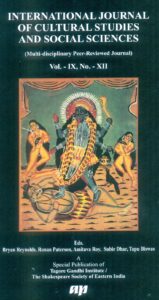

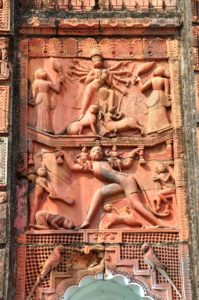
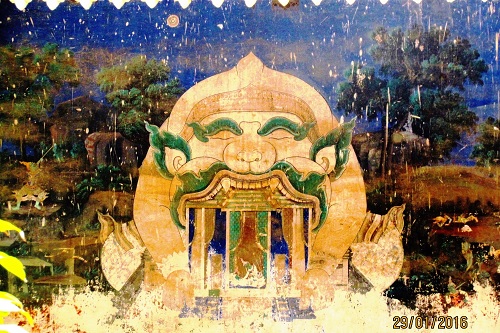
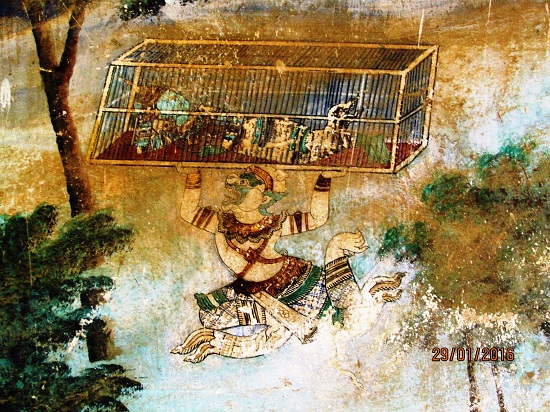
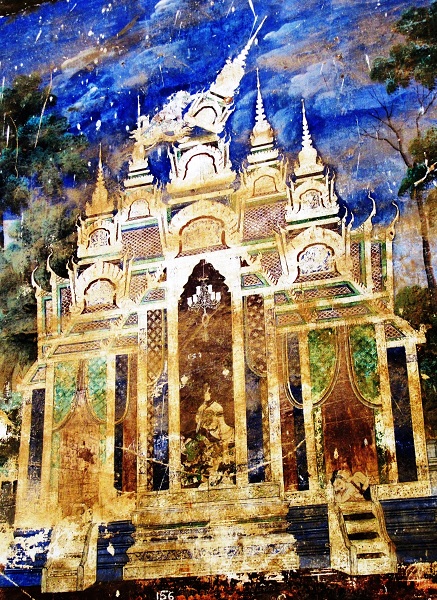
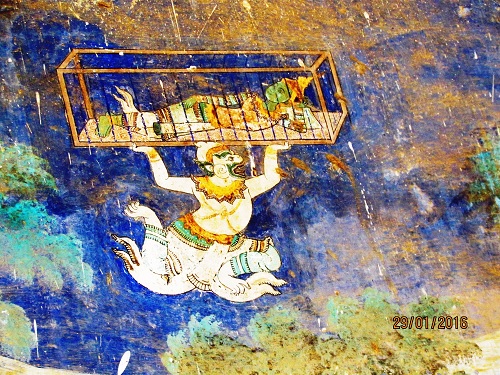

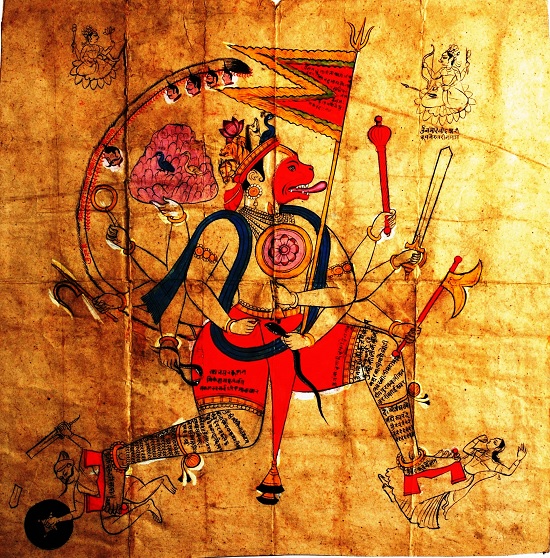
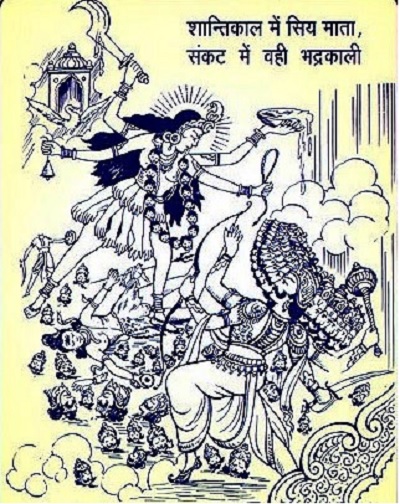
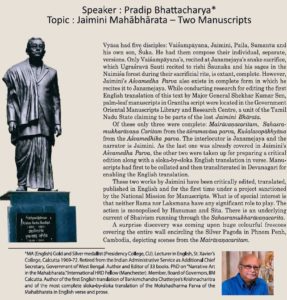 On 4th August 2017 at 4pm Dr Pradip Bhattacharya will be delivering the K.K. Handique Memorial Lecture at the Asiatic Society, Calcutta. He will speak on his Critical Edition of 2 palm-leaf mss in Grantha script from the lost Jaiminiya Mahabharata.
On 4th August 2017 at 4pm Dr Pradip Bhattacharya will be delivering the K.K. Handique Memorial Lecture at the Asiatic Society, Calcutta. He will speak on his Critical Edition of 2 palm-leaf mss in Grantha script from the lost Jaiminiya Mahabharata.